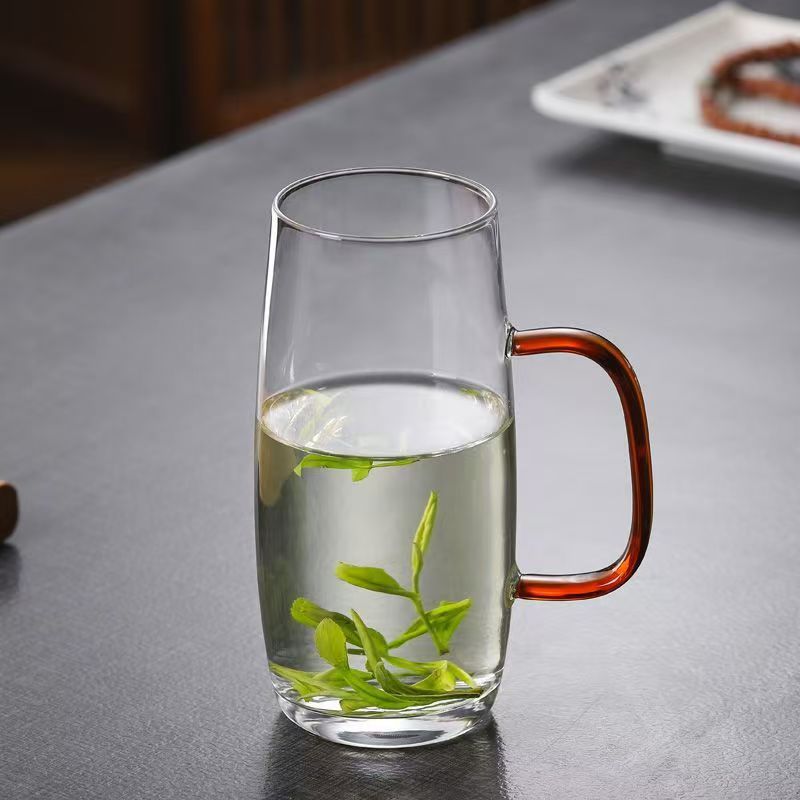- English
- Español
- Português
- русский
- Français
- 日本語
- Deutsch
- tiếng Việt
- Italiano
- Nederlands
- ภาษาไทย
- Polski
- 한국어
- Svenska
- magyar
- Malay
- বাংলা ভাষার
- Dansk
- Suomi
- हिन्दी
- Pilipino
- Türkçe
- Gaeilge
- العربية
- Indonesia
- Norsk
- تمل
- český
- ελληνικά
- український
- Javanese
- فارسی
- தமிழ்
- తెలుగు
- नेपाली
- Burmese
- български
- ລາວ
- Latine
- Қазақша
- Euskal
- Azərbaycan
- Slovenský jazyk
- Македонски
- Lietuvos
- Eesti Keel
- Română
- Slovenski
- मराठी
- Srpski језик
How to distinguish between good and bad quality glass cups
2025-11-22
High-quality glassware typically uses safe and environmentally friendly raw materials such as borosilicate glass or soda-lime glass. Borosilicate glass has good heat resistance, can withstand large temperature differences, and is not easily broken; while inferior glassware may use cheap materials, which can easily produce harmful substances or contain heavy metals such as lead and cadmium, posing safety hazards. When purchasing, you can check the product description and choose glassware with relevant quality certifications.
High-quality glass cups are crafted with exquisite skill, featuring uniform wall thickness, a smooth body free of bubbles and impurities, and a rounded, flat rim that feels pleasant to the touch. Inferior glass cups may have bubbles, cracks, burrs, or uneven thickness, making them prone to cracking and breakage during use, and they also have a rough feel. You can carefully inspect the surface of the glass cup by touch and sight, and gently tap the edge to listen to the sound; high-quality glass cups produce a clear, melodious sound.
High-quality glass cups have a reasonable and aesthetically pleasing design, are clear and transparent, and odorless. Especially high-transparency glass cups allow users to clearly see the liquid inside, enhancing the drinking experience. Inferior glass cups may appear hazy or have a dark color, affecting both their appearance and usability.
High-quality glass cups possess good heat and cold resistance, allowing them to hold both hot and cold drinks without easily breaking. Their heat resistance can be tested during use, for example, by pouring in a small amount of hot water and observing whether cracks appear. Inferior glass cups have poor heat resistance and will break easily with slight temperature changes.
Safety certifications and brand are also important factors to consider when choosing quality glassware. Glassware produced by reputable manufacturers generally has passed food-grade safety certifications, ensuring higher quality. It is recommended to choose reputable brands when purchasing, and avoid buying unbranded or products of unknown origin.
In conclusion, the key to distinguishing the quality of a glass lies in its environmentally friendly materials, meticulous craftsmanship, flawless and transparent appearance, good heat resistance, and formal certification. Careful inspection and selection are essential to ensure safe use and a pleasant drinking experience.





